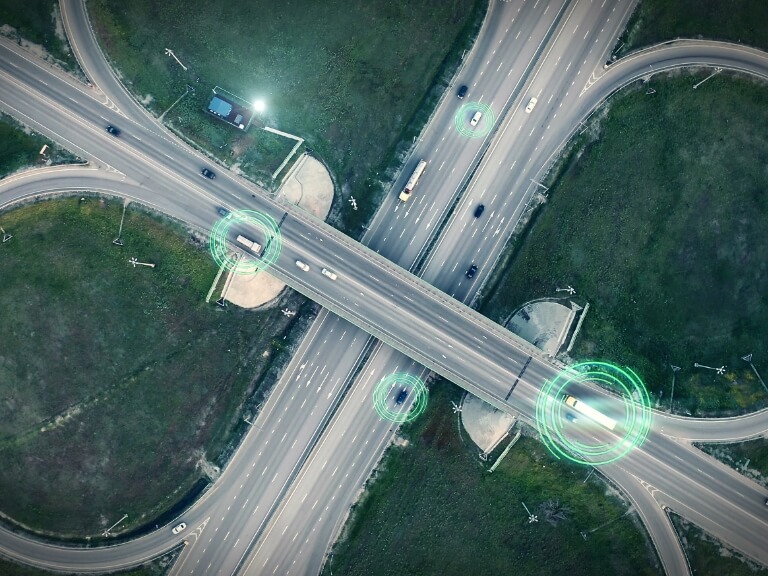“I just now purchased a storage shed for my backyard off of Amazon — and it’s expected to arrive TOMORROW! Plus, there was free shipping! “
How is a common freight shipper supposed to compete with that!? In reality, you probably can’t “compete” with that kind of expedited service. Amazon has differentiated itself by establishing a unique warehouse and distribution model, and by providing its customers with unprecedented levels of service. The impact of what’s known as the “Amazon Effect” touches not only other e-commerce retailers, but also trucking companies offering LTL, truckload, and expedited freight services.
Even FedEx, UPS and the U.S. Postal Service are wondering how to keep up, especially since Amazon recently added “transportation and logistics services” to its long list of industries it views as competition, and they are leasing dozens of aircraft and thousands of trucks to handle more and more of its massive amount of shipments.
Adjusting to the Amazon Effect starts with a shift in mindset, but more importantly, it requires action. In “Transportation 2025 Megatrend and Current Best Practices,” the authors noted that to be relevant in the market, shipping companies need to develop a unified omnichannel strategy (freight movements from raw materials to home delivery). In this approach, “A new emphasis is excellence in execution; the ability to deliver to the customer what they want, how they want it and at a competitive price.” At BOLT, our mission is to help our customers become more efficient and more flexible — getting the right shipments to the right customers quickly and whenever possible with a choice of delivery options — while at the same time maintaining or increasing margins. Reshaping an entire supply chain is a tall order. Fortunately, we come from the supply chain world and understand the importance of freight tracking and logistics. BOLT — if you didn’t know, is an acronym for Best Online Tracking.
One of our most recently launched apps is Tandem Workflow, which operates in conjunction with the newest electronic logging devices (ELDs) to track freight, delivery, detention time, proof-of-delivery, and even weather and traffic that can cause delays. Additionally, the app allows for immediate invoicing and allows drivers to quickly comment on each delivery.
We designed BOLT and Tandem Workflow to be a module in the supply chain to give fleets insight into their inbound versus outbound trade in order to better match up routes and shipments. Using connected telematics solutions enables real time, in-route updates, allowing for warehouse personnel to prepare for loading or unloading to eliminate wait times. If, in one scenario, a shipper can delay an outbound load by maybe 15 or 20 minutes, and in doing so, increase the load capacity on that trailer by 10% to 15%, they’ve made a dramatic impact on that outbound freight being more efficient. The majority of tracking ability, such as truck performance and maintenance scheduling, is built into BOLT’s basic package. There is a window left open for customization. Profiles can be built regarding individual product handling requirements and load/unload processes to improve efficiency. Information can be collected at each pickup or delivery location to identify trend information that can be essential when sales reps are negotiating transportation contracts.
We’re seeing many times where management is looking at routes and performance, and concluding that there are ways to increase efficiency and speed delivery. That’s where omnichannel comes into play. Say a company with a distribution center in Denver has freight waiting in Wyoming, looking at available data they may determine that there are better ways, such as utilizing a local or regional carrier, to make that last mile delivery rather than relying on a 53-foot trailer and tractor. It’s not surprising that Amazon’s biggest advancements can be attributed to its extensive logistics network. And it’s not just distribution centers Amazon is adding. They’re continually collecting and analyzing data to determine new ways to improve and grow the business. The rest of us need to do the same. Most of our competitors concentrate on tracking the truck which limits what you can do against Amazon. BOLT provides the flexibility needed to give you that fighting chance and to overcome the obstacles by collecting and documenting your individual freight movements, BOLs and potential opportunities for increased business.
Even a small company can learn from a titan like Amazon the importance to prioritize intelligent operations, especially when it comes to taking control over logistics. To meet the changing expectations of consumers while remaining profitable and generating growth, logistics and transportation companies should consider solutions (e.g., BOLT) that offer a combination of flexibility, convenience and competitive pricing. Increased visibility into the supply chain allows fleets to optimize routes, manage drivers and ensure goods remain in motion — all of which helps meet rapid-delivery expectations.

